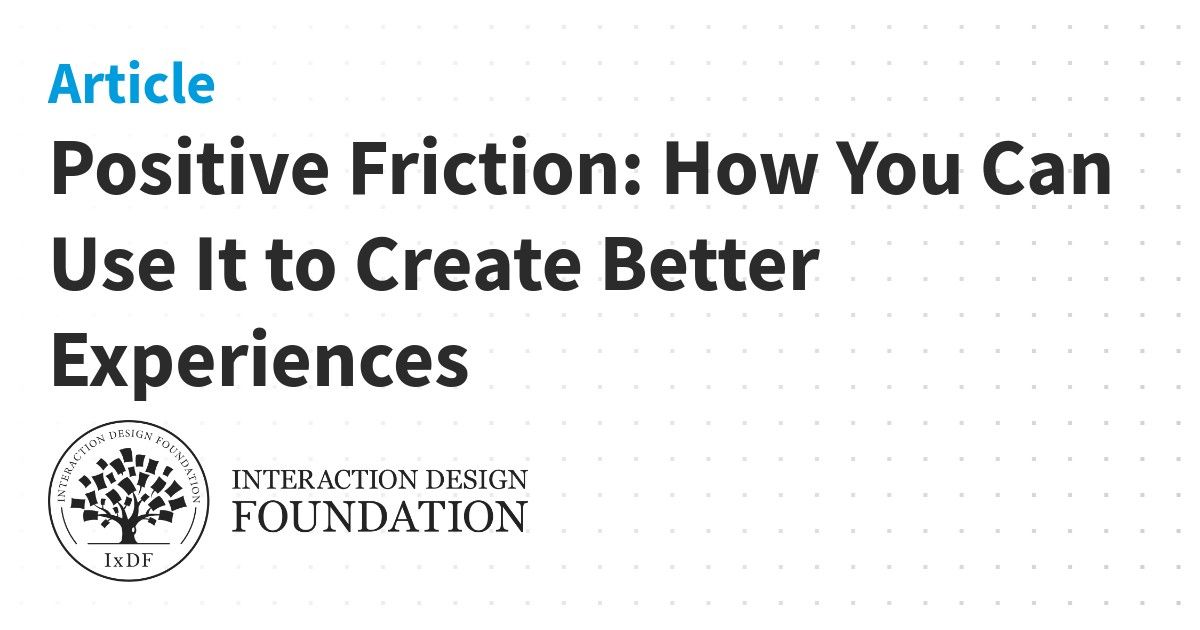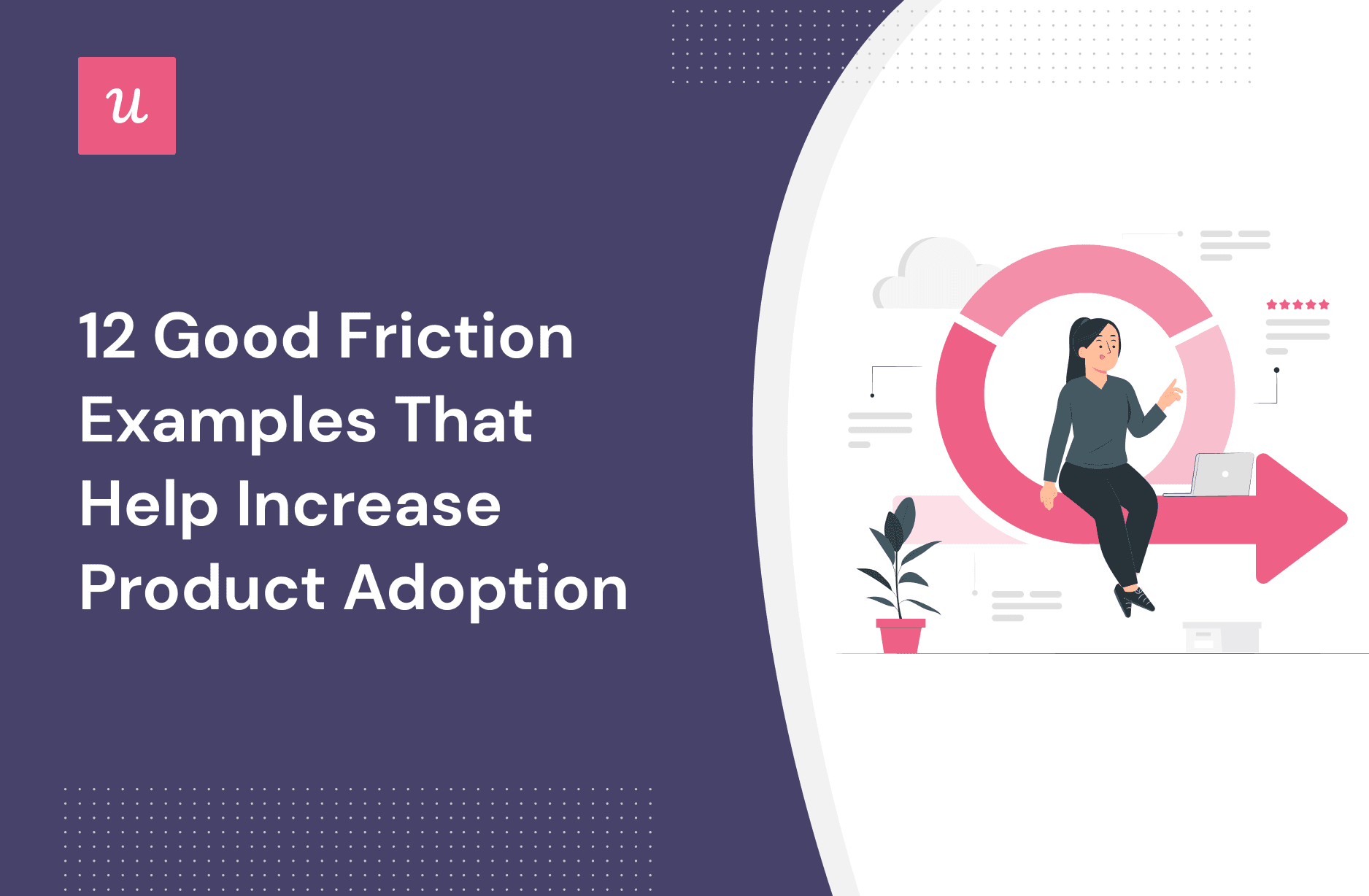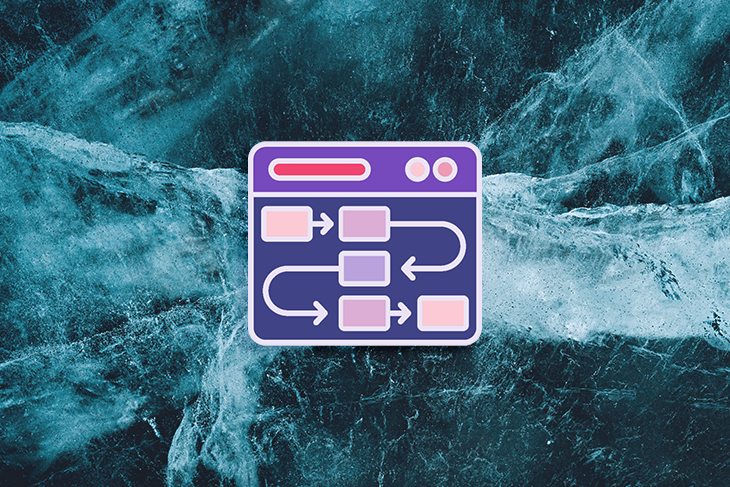- Marketplace Minute
- Posts
- Why, when, and how to build in friction
Why, when, and how to build in friction
Plus examples of marketplaces that use friction positively
Hey - it’s Fiona
One of the most common questions I hear from marketplace founders is: how do I balance making things easy for users with making sure the right people get through?
You want smooth onboarding, seamless transactions, and fast growth. But you also want trust, quality, and users who understand the value of your platform.
This week’s issue dives into a topic that often gets overlooked in early-stage marketplaces: why, when, and how to build in friction, and how doing it intentionally can strengthen your platform, not weaken it.
QUESTION OF THE WEEK
Why, when, and how to build in friction
Most solo founders I work with are obsessed with removing friction. That’s fair — smoother flows, faster signups, easier transactions all feel like obvious wins, especially when you’re scrappy and trying to grow fast.
However, not all friction is bad. In fact, sometimes slowing users down or adding an extra step can increase trust, quality, and long-term retention.
Why add friction?
In a two-sided marketplace, your users don’t just need speed, they need confidence. Buyers need to trust that sellers are qualified, reliable, or safe. Sellers need to know that buyers are serious, respectful, or ready to pay.
Intentional friction can:
Filter out low-quality users
Reduce risky or low-value transactions
Build trust in the platform’s brand and process
Shape user expectations (e.g., this isn’t a casual or rushed interaction)
In other words, friction isn’t about being annoying — it’s about increasing the right kind of commitment.
When should you add friction?
Not every part of your flow needs it. Here’s where friction often adds value:
Onboarding sellers or providers
If you’re running a marketplace where trust is key (think childcare, legal advice, or high-value freelance work) you want to vet your providers carefully. Adding forms, interviews, or profile approvals slows the supply side down, but it tells buyers: we only work with the best.
Screening buyers or requesters
Sometimes the buyer side also needs filtering. For example, if you’re matching freelancers to projects, adding a qualification step (“Tell us about your needs”) can help avoid time-wasters or poor-fit leads.
Before key transactions
A little pause before checkout or booking can help confirm that both sides are serious. Think about Airbnb’s host approval step, or high-ticket items requiring ID checks.
To prevent bad behaviours
If your platform has struggled with spam, abuse, or last-minute cancellations, friction (like requiring a verified profile or upfront payment) can protect both your users and your reputation.
How to design good friction (without annoying people)?
The key is making sure the friction serves a clear purpose and is communicated well. Here’s how I approach it in marketplace design:
Explain the “why”
Users are happy to jump through extra hoops if they understand why. Don’t just add a form. Tell them, “We review every provider to ensure you get the best quality.” Turn friction into a value signal.
Keep it lightweight
Make every extra step as simple and streamlined as possible. If you’re collecting information, only ask for what you truly need. If you’re adding a pause, make it short.
Design feedback loops
If you reject someone (a seller who doesn’t qualify, or a buyer who’s misaligned), provide clear, kind feedback. Make sure your process improves over time, not just blocks users.
Test and adjust
Track whether added friction is helping. Are you getting better conversions downstream? Fewer bad experiences? If not, refine or remove.
—> ✉️ Reply with your questions and I’ll answer them in a future issue.
DESIGN SPOTLIGHT
Marketplaces that use friction wisely

1. Airbnb
Hosts review booking requests before accepting. This adds friction, but it gives them a sense of control and safety. On the guest side, Airbnb requires profile verification and payment details, which builds trust across both parties.

2. Toptal
A curated freelancer marketplace, Toptal famously screens every applicant to ensure only the top 3% make it onto the platform. This high-friction supply-side process positions Toptal as premium and makes clients more willing to pay a premium price.

3. The Expert
This interior design marketplace handpicks its designers and positions itself as a luxury, high-trust service. You can’t just sign up and start listing, you have to be invited or vetted. The friction reinforces the exclusivity.
DESIGN SNIPPETS
Want to explore this further?

Fiona Burns
Whenever you’re ready, there are two ways I can help you:
Marketplace idea validation - Get a research-backed, 15–20 page validation report assessing market demand, competition, monetisation, and customer acquisition, so you can move forward with confidence. Ideally suited to founders who are still validating their idea and aren’t ready to invest in building just yet.
Sharetribe configuration - I can set and fully configure your Sharetribe marketplace using the no-code tools available in the Sharetribe Console. This is best suited to founders who are ready to launch a proof-of-concept at a low cost.
UX/UI design - I provide a tailored UX/UI design service for marketplace businesses, including custom UI and bespoke features. This is aimed at founders who are ready to invest in a high-quality, custom-designed marketplace.
If you enjoyed this newsletter, why not forward it to a friend.
Did someone forward you this email? You can subscribe to Marketplace Minute here!



Reply